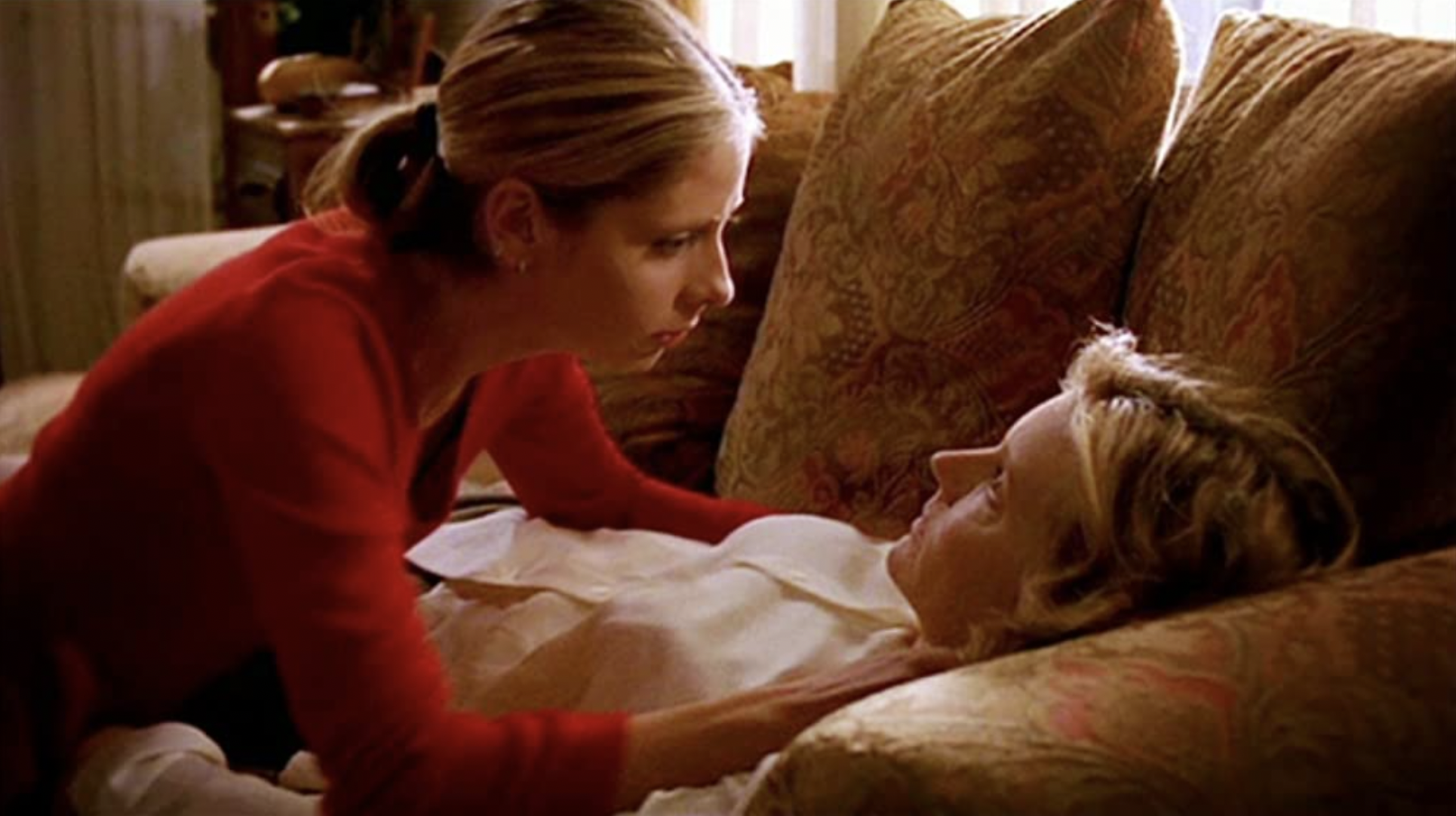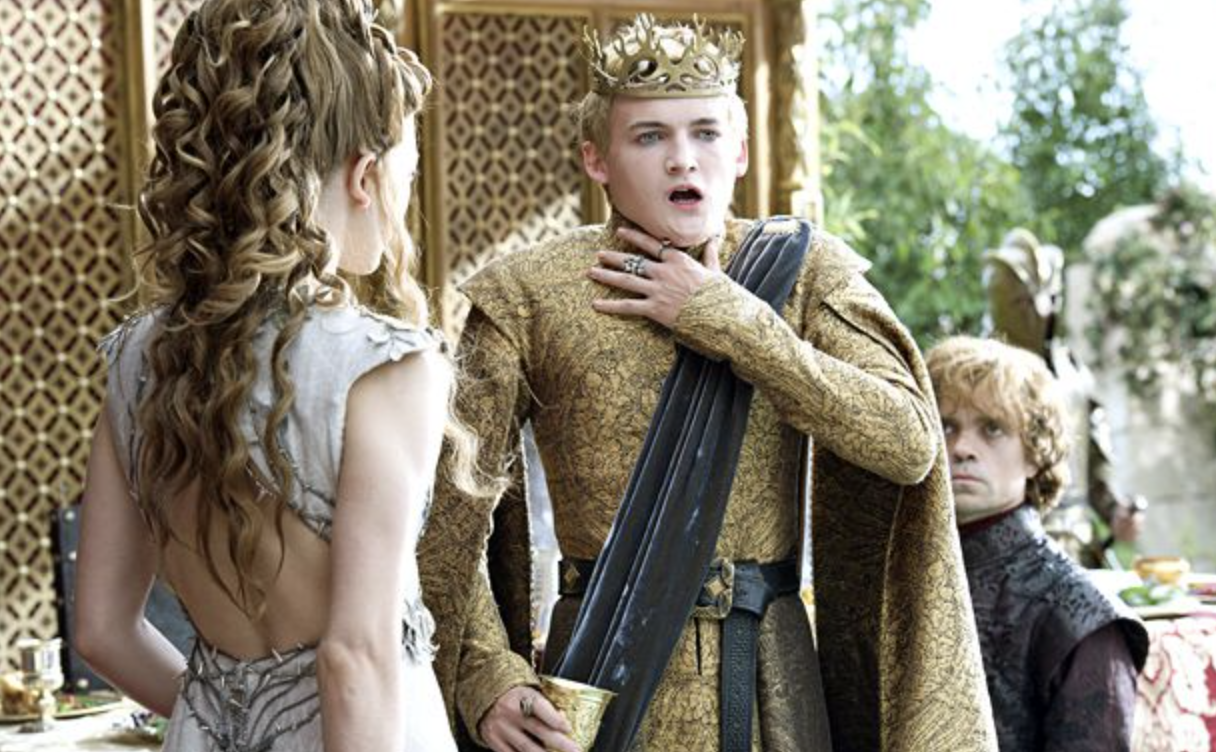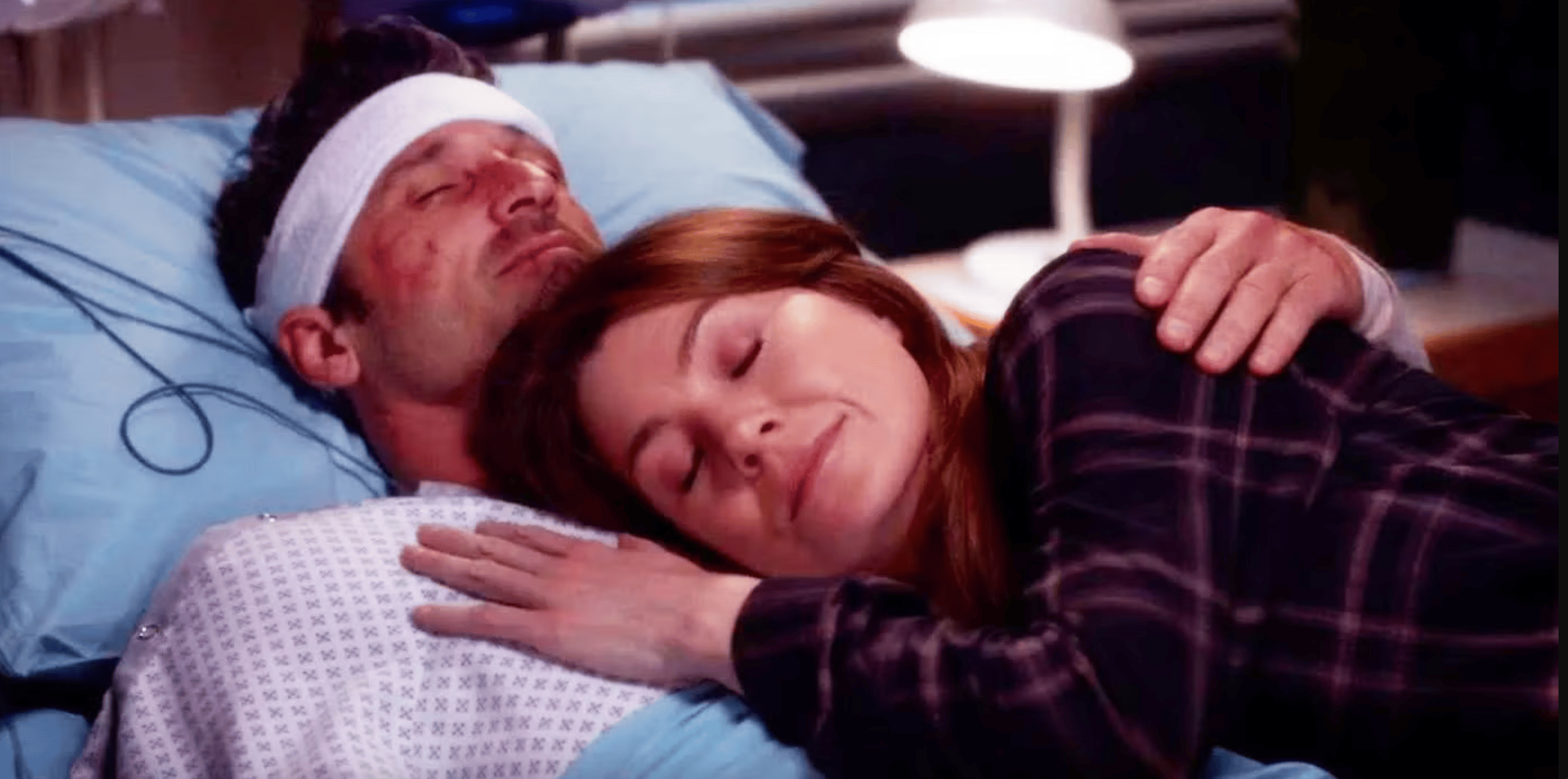
🏆 Recognizing #StoriesThatMatter. Never miss a newsletter! Sign up and have #PeabodyFinds delivered to your inbox.
Death obviously makes for good television. It’s the highest of high stakes, the fate we all eventually meet but don’t want to acknowledge. It’s the ultimate in drama. But it also means a character is gone irrevocably, so it must be wielded with caution. And because of that, for much of TV history, main characters rarely died. This changed with the advent of Prestige TV in the 2000s, when killing a main character became a mark of distinction, a way to grab watercooler attention in an ever-more-crowded marketplace.
Succession, Game of Thrones, The Good Wife, The Sopranos, and Lost are among the Peabody-winning shows that have made the most out of series regulars’ onscreen demise. When audiences have come to know a character intimately, the loss can come as quite an emotional shock—especially when we come in with the expectation that the show’s creators would never want to lose one of their best characters. And this is a risk; sometimes viewers get so upset that their experience of the show is never the same, or they stop watching altogether. On the other hand, the right kind of death can give a character a deeper meaning and resonance, a proper sendoff that honors their fictional purpose.
Here, some of the greatest deaths in television—some shocking and devastating, some cheer-inducing, and even, maybe, a little funny. Naturally, there are major spoilers ahead.
Joyce Summers, ‘Buffy the Vampire Slayer’
(date of TV death: February 27, 2001)

Buffy the Vampire Slayer became a cult hit by elevating both the teen and supernatural genres to become a thoughtful examination of young, female power. The episode in which Buffy (Sarah Michelle Gellar) finds her mother, Joyce (Kristine Sutherland) dead from an aneurysm is one of television’s most realistic, and thus affecting, portrayals of death ever. What’s striking in the context of the series is Buffy’s sudden powerlessness; for four-plus seasons, we’ve seen her use her gifts to save the world from evil. Now she has no magical course of action, facing her mother’s death alone and in silence. The details make it feel sickeningly real, as wind chimes sound in the background and Buffy attempts unsuccessful CPR, her mother’s skirt riding up in the process; Buffy vomits. The episode became one of the series’ best known for its masterful depiction. Its reality-based contrast to the show’s flashier sequences grounded Buffy as a genuine, vulnerable character who still faced human problems.
Where to Watch: Hulu
Mark Greene, ‘ER’
(date of TV death: May 9, 2002)

ER was a revelation when it premiered on NBC in 1994. Here was a show that didn’t try to make doctor drama look pretty or romantic (except when George Clooney‘s Dr. Doug Ross and Julianna Marguilies‘s Nurse Carol Hathaway were making eyes at each other). The plotlines were raw and complicated as the doctors faced ethical dilemmas and exhaustion, often coming up short trying to save patients. Eventually, that ethos extended to the onscreen death of its main character. Because Dr. Mark Greene (Anthony Edwards) served as the sprawling cast’s relatable center, it was particularly shocking when he became a patient himself, diagnosed with brain cancer that killed him in the show’s eighth season. Coming just as the Prestige TV Era began, his death wasn’t something audiences were as emotionally prepared for, but Edwards’s departure would allow the show to begin operating more of a rotating-cast model, which allowed it to continue for 15 seasons.
Where to Watch: Max
King Joffrey, ‘Game of Thrones’
(date of TV death: April 13, 2014)

Game of Thrones showed up on HBO in 2011 ready to own shocking deaths, beheading Ned Stark (Sean Bean), who appeared to be the series’ main character, in the ninth episode. And the 2013 episode featuring the notorious “Red Wedding” slaughter set the internet aflame. But the show set the standard for cheer-inducing fictional deaths when it poisoned the abhorrent King Joffrey (Jack Gleeson) at his wedding to the crafty Margaery Tyrell (Natalie Dormer). Though no one besides his own mother, Cersei (Lena Headey), mourned the young tyrant’s death, the mystery of who was responsible would linger for seasons to come. The revelation of who was ultimately responsible was iconic, with Margaery’s grandmother, Oleanna Tyrell (Diana Rigg), uttering these final words upon her own poisoning death: “Tell Cersei. I want her to know it was me.”
Where to Watch: Max
Derek Shepherd, ‘Grey’s Anatomy’
(date of TV death: April 23, 2015)

Major deaths became a staple on Shonda Rhimes’s breakthrough medical soap, largely for practical reasons. As it has stretched to a record-setting 21 seasons and counting, actors have naturally wanted to exit, or the creative team has wanted to mix things up. (R.I.P. doctors Lexie Grey, Mark Sloan, Andrew Deluca, and George O’Malley, among others.) But nothing matched the emotional impact of losing Dr. Derek Shepherd (Patrick Dempsey), whose McDreaminess had driven so much of the show’s drama and who had been the soulmate of main character Meredith Grey (Ellen Pompeo). His death is heroic; he is hit by a truck after stopping on the road to help people who had just been in an accident. It’s also harrowingly ordinary, as he’s treated at a rural hospital where subpar doctors miss his brain bleed. Though the plotline is gut-wrenching, it’s also the Platonic ideal of a dramatic TV death. The way he goes lives up to his character, and his demise sends Meredith into new emotional territory as she contemplates how to survive after losing her great love.
Where to Watch: Netflix
Susan Ross, ‘Seinfeld’
(date of TV death: May 16, 1996)

Seinfeld had already dared to feature a couple of suicide attempts, a kid so sick he has to live in a bubble, and a surgery that ends in death because of an errant Junior Mint—all played for laughs. So it shouldn’t have come as a surprise when a season-long romance between the neurotic George (Jason Alexander) and network executive Susan (Heidi Swedberg), who have stumbled into an engagement, ends darkly, with Susan’s death from licking cheap wedding-invitation envelopes. Though he doesn’t say it, we know that George feels a sense of relief, and the four main characters all but shrug at the news before heading out for a bite to eat. This was the final episode written by the series’ co-creator, Larry David, until he returned for the finale, serving as a mic drop of sorts—if you didn’t understand yet that this show was a dark meditation on the friendship among four narcissists, this should have done the trick. Though the public outcry over the finale, in which they’re sentenced to prison for ignoring a Good Samaritan law, implies that the message still didn’t compute for many fans.
Where to Watch: Netflix
Nate Fisher, ‘Six Feet Under’
(date of TV death: August 21, 2005)

It makes sense that TV’s greatest show about death delivered one of the most meaningful demises in the medium’s history. The series, which follows a family who runs a funeral home, tackles death in an unflinching way rarely seen in pop culture. It begins with the sudden death of patriarch Nathaniel (Richard Jenkins), who appears to his family members at their worst moments, often to mock them, throughout its run. His rebellious son Nate (Peter Krause) returns home from Seattle to grieve Nathaniel’s death, but resists the obligations of joining the family business with the responsible son, David (Michael C. Hall). As Nate vacillates between fighting off and embracing family and relationship responsibilities—including a tumultuous romance with troubled massage therapist Brenda (Rachel Griffiths) and an accidental pregnancy with an ex—he also finds out he has a brain condition, a tangle of blood vessels that could rupture. His own mortality haunts him throughout the five seasons, culminating in a fatal stroke in the final season. The fact that it happens while he’s cheating on Brenda only makes it more devastating, if fitting. In retrospect, it seems obvious that the entire show was a meditation on how death gives life meaning, as illustrated in particular by Nate. The brilliant final sequence, in which we see all of the other main characters’ eventual deaths, plays as surprisingly uplifting. Here we see what all of their lives meant to each other, and the world.
Where to Watch: Netflix
